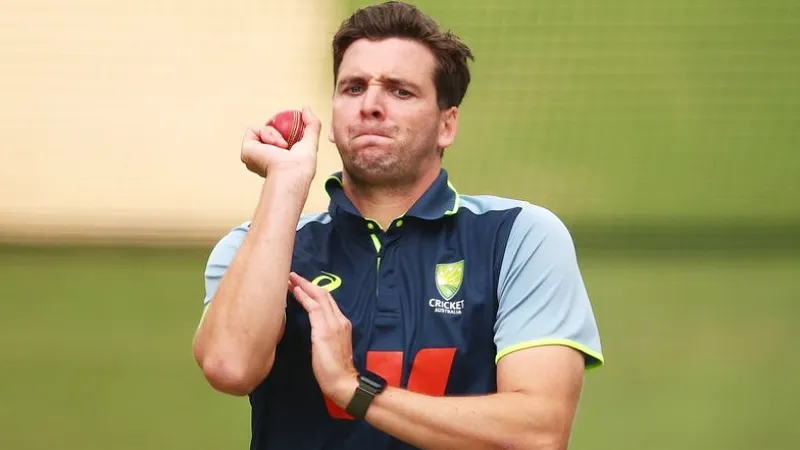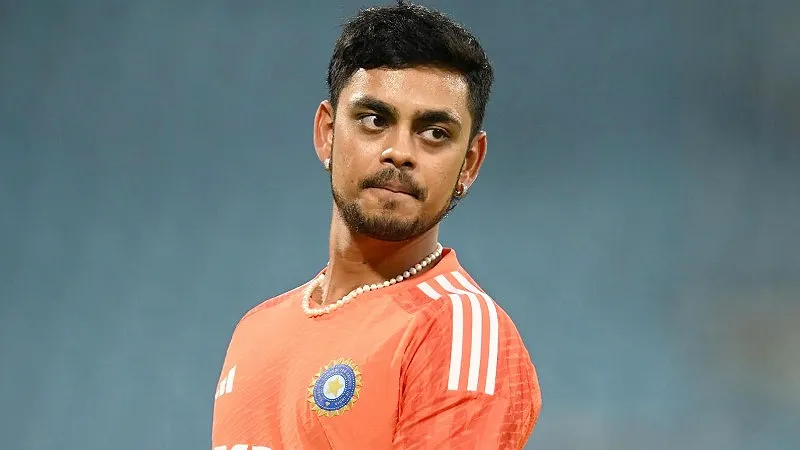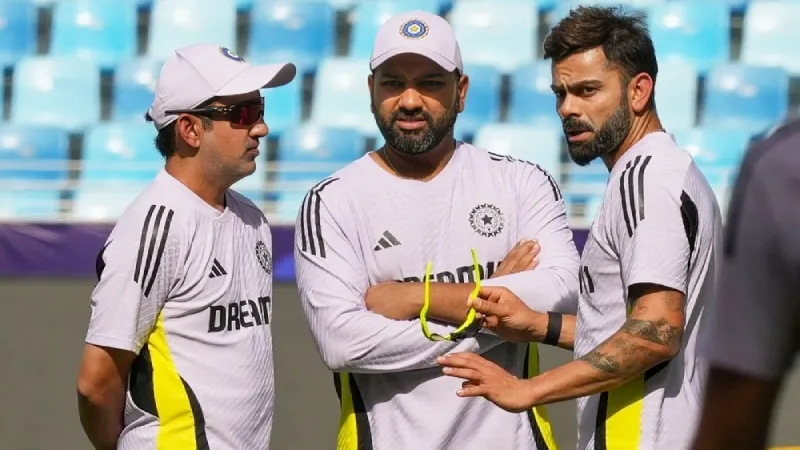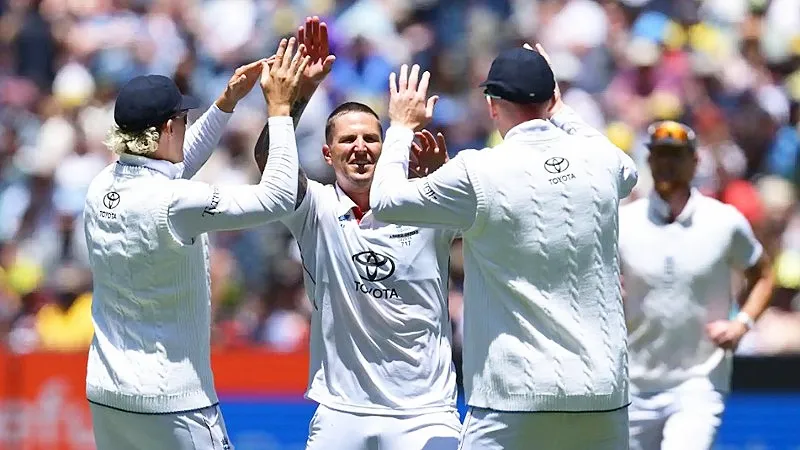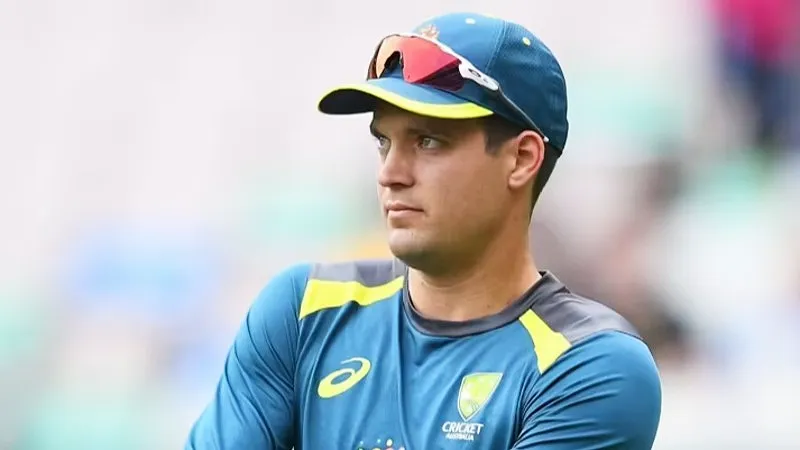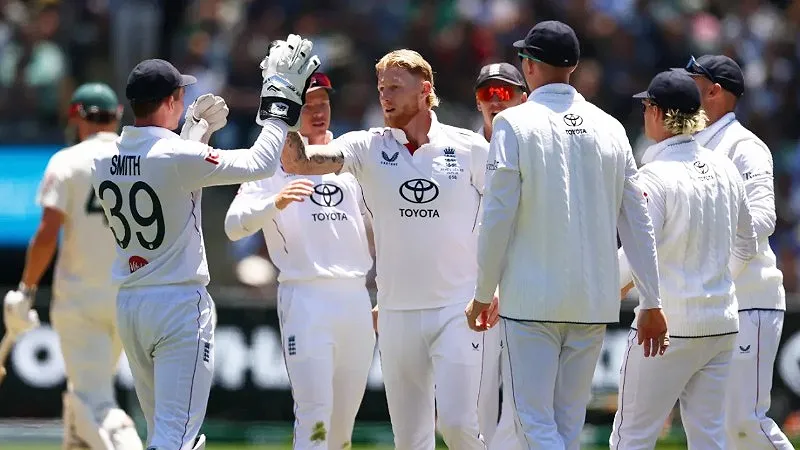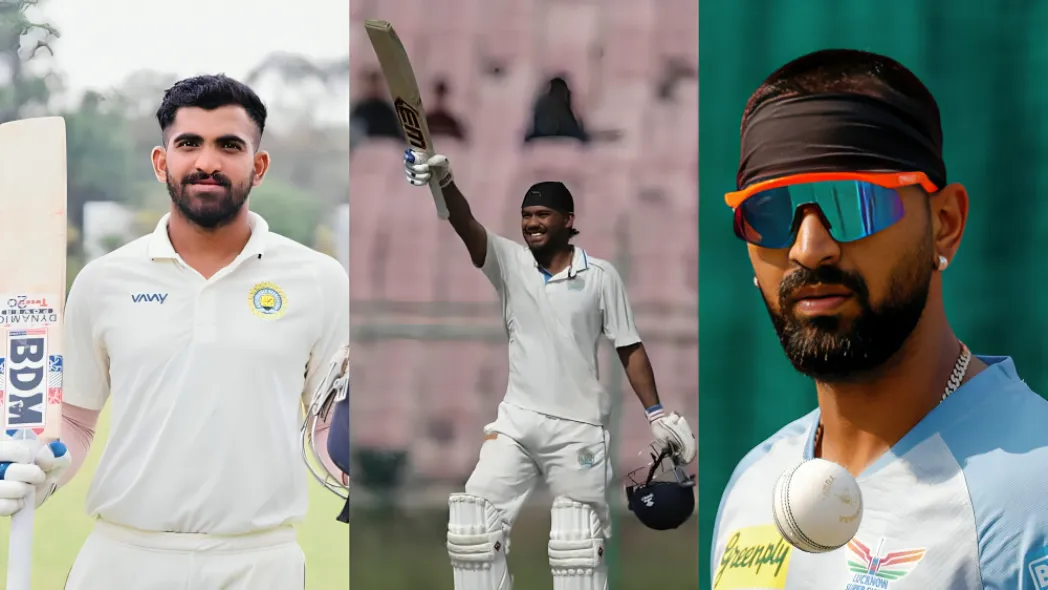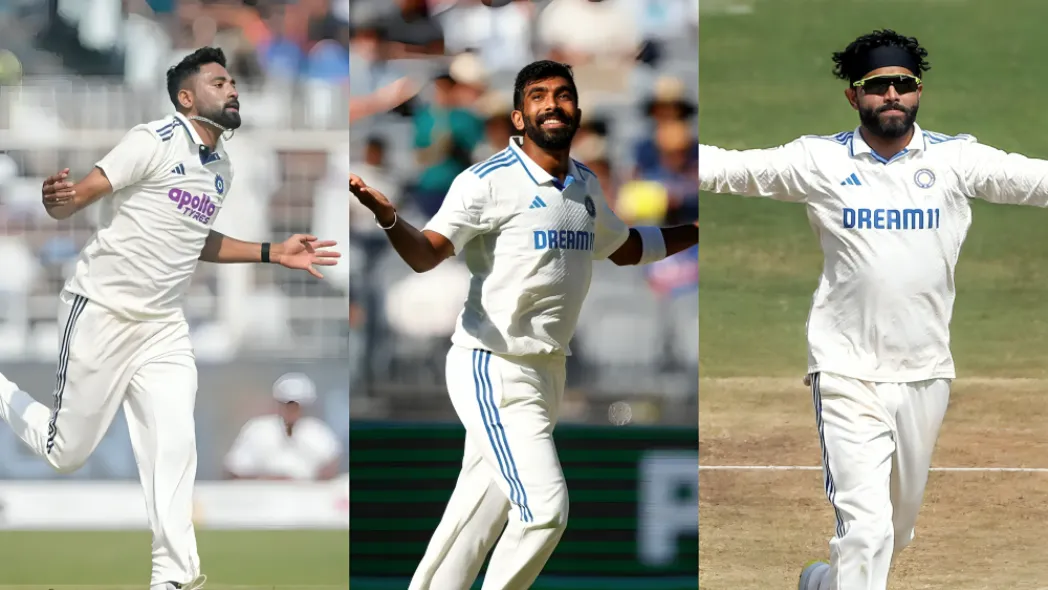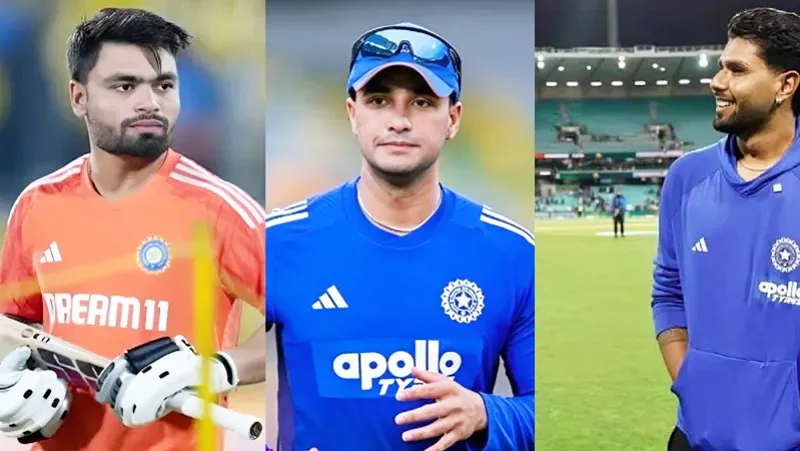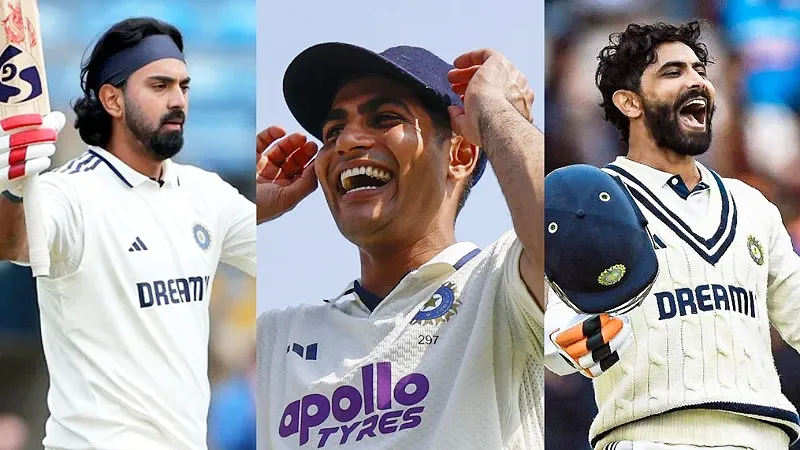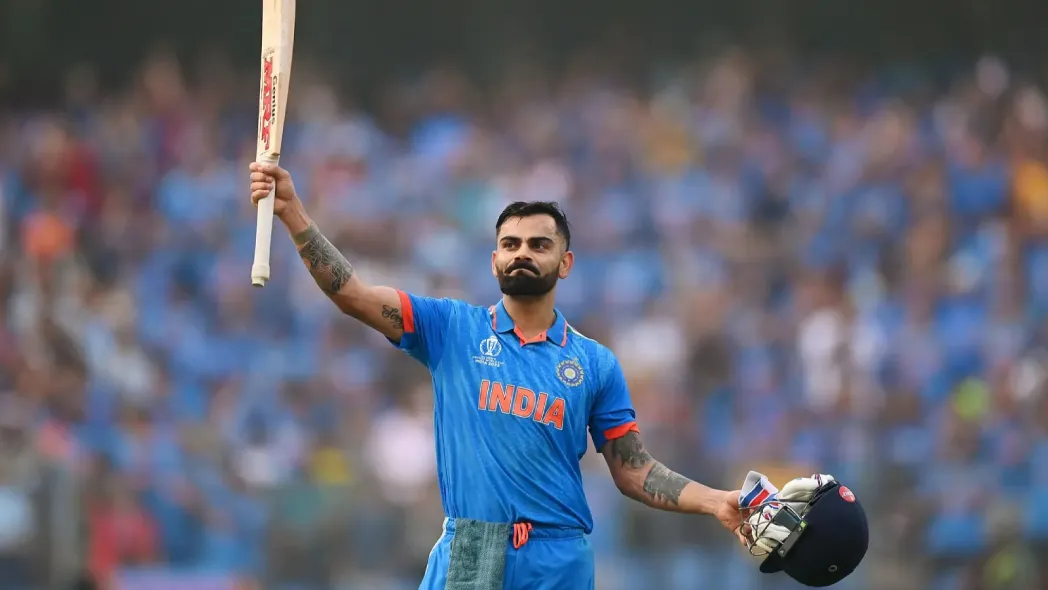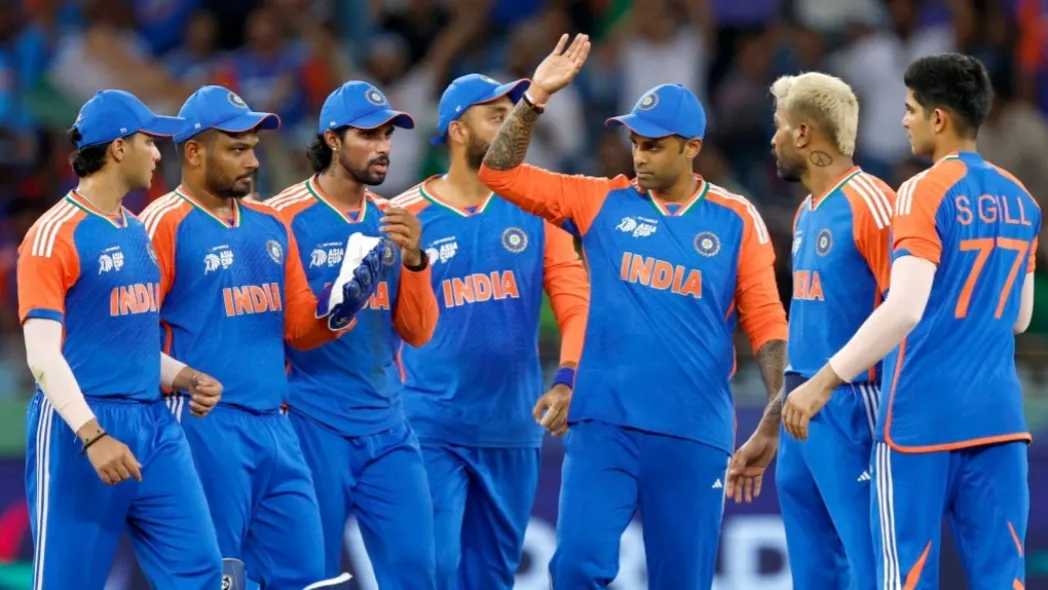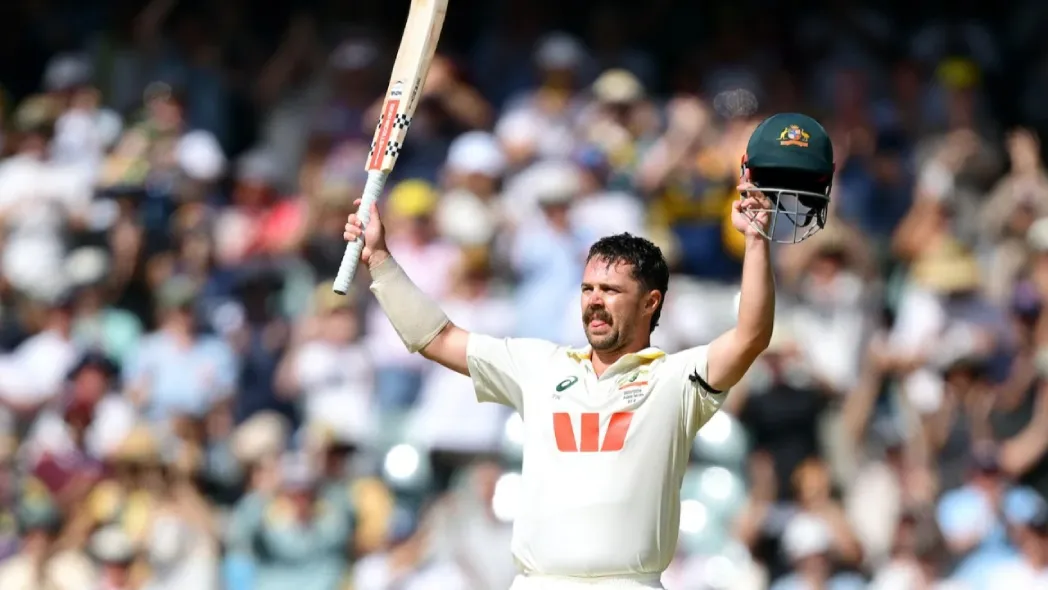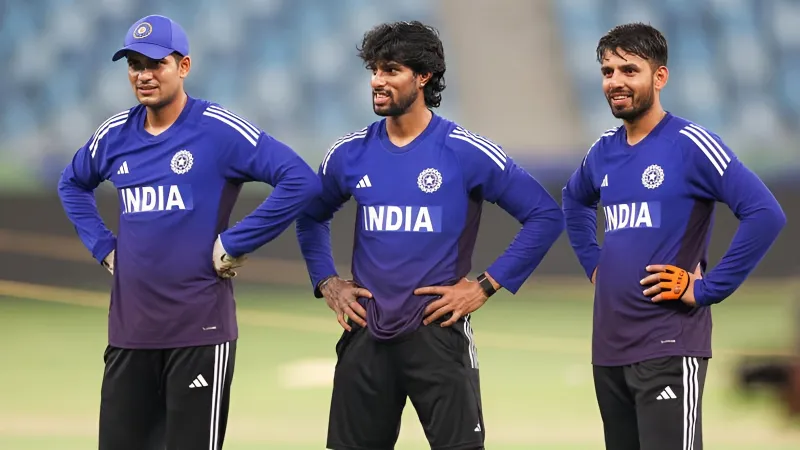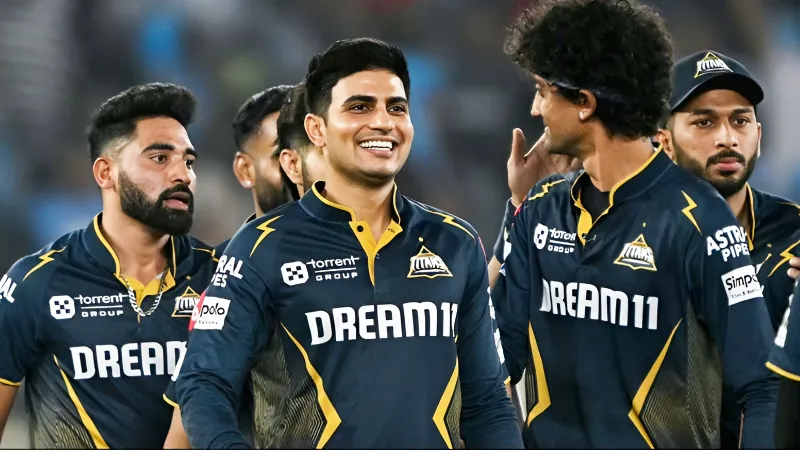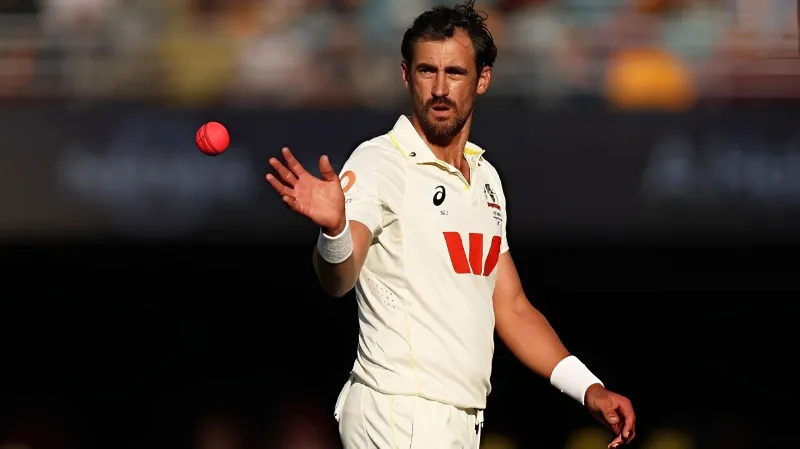In a world full of promise, Shubman Gill is already delivering tomorrow today. Having taken India through an exhilarating five-match Test series against England in the summer of 2025, the 25-year-old is a different player. Gill was named captain in May after a captaincy void left by Rohit Sharma’s retirement from Test cricket, and not only did he survive, but he flourished. He was sensational with the bat. He displayed resilience, which showed he was able to lead, but perhaps what was most important? As Gill described, it was about not running, nor results, it was learning never to give up, no matter how insurmountable the challenge appeared.
Gill’s Batting Brilliance Unleashed
Before we even get into captaincy talk, let’s acknowledge the ridiculous numbers Gill posted in this series. 754 runs in 10 innings. Four centuries, including one in each innings at Edgbaston. A whopping average of 75.40. That’s not just good—it’s historical. Most young captains might crumble under the pressure of leading a side in a five-Test overseas tour. Gill? He turned it into his playground.
But it wasn’t just about collecting stats; it was all about context in every innings. India had found themselves in some sticky situations – from early soft collapses, to high-pressure chases in the 3rd innings, to an uncertain fourth innings. This did not mean it was cavalier for the sake of being cavalier. It was sensible, brave, and in the context of the match, unmatched. What did he hope to achieve entering the series? To be the best batter. He accomplished this goal.
Captaincy Curveballs: Learning to Trust, Adapt & Persist
What makes Gill’s journey more impressive is how quickly he adapted to the leadership role. One key challenge? Captaining a team in transition. No Rohit. No Bumrah. A new generation of Indian players. Yet Gill never looked out of depth.
In his own words, the biggest lesson he took from the series was “that we never give up.” And that theme echoed through India’s campaign. At 35 runs away, England saw the finish line; India, however, saw a chance to rewrite the ending—and did it in bold ink. Most teams would’ve mentally checked out. Not Gill’s India. He trusted his bowlers, set aggressive fields, and brought the fight back. Result? A six-run win that sealed the series.
Mohammed Siraj: The Captain’s Weapon of Choice
Every captain requires a go-to guy when things get tough. For Gill, that guy was Mohammed Siraj. When Jasprit Bumrah withdrew from the series, Siraj stepped up to lead the bowling attack in his way – with commitment and calmness. Siraj’s nine-wicket haul in the final Test was not only a match-winning display, but it was a massive boost for the morale of the side.
Gill couldn’t stop praising Siraj, calling him a captain’s dream—someone who charged in like it was the first over of a World Cup final, every single spell, pouring his heart out for the team without holding back. That level of trust carries enormous weight between a captain and a strike bowler on the side.
So what did we learn from Shubman Gill’s first series as Test captain? That leadership isn’t just about strategy—it’s about character. It’s about staying calm under pressure, backing your team, and fighting till the very end. He traded youthful flair for leadership flair—Gill’s rise has been poetry penned in boundaries and bold calls.




